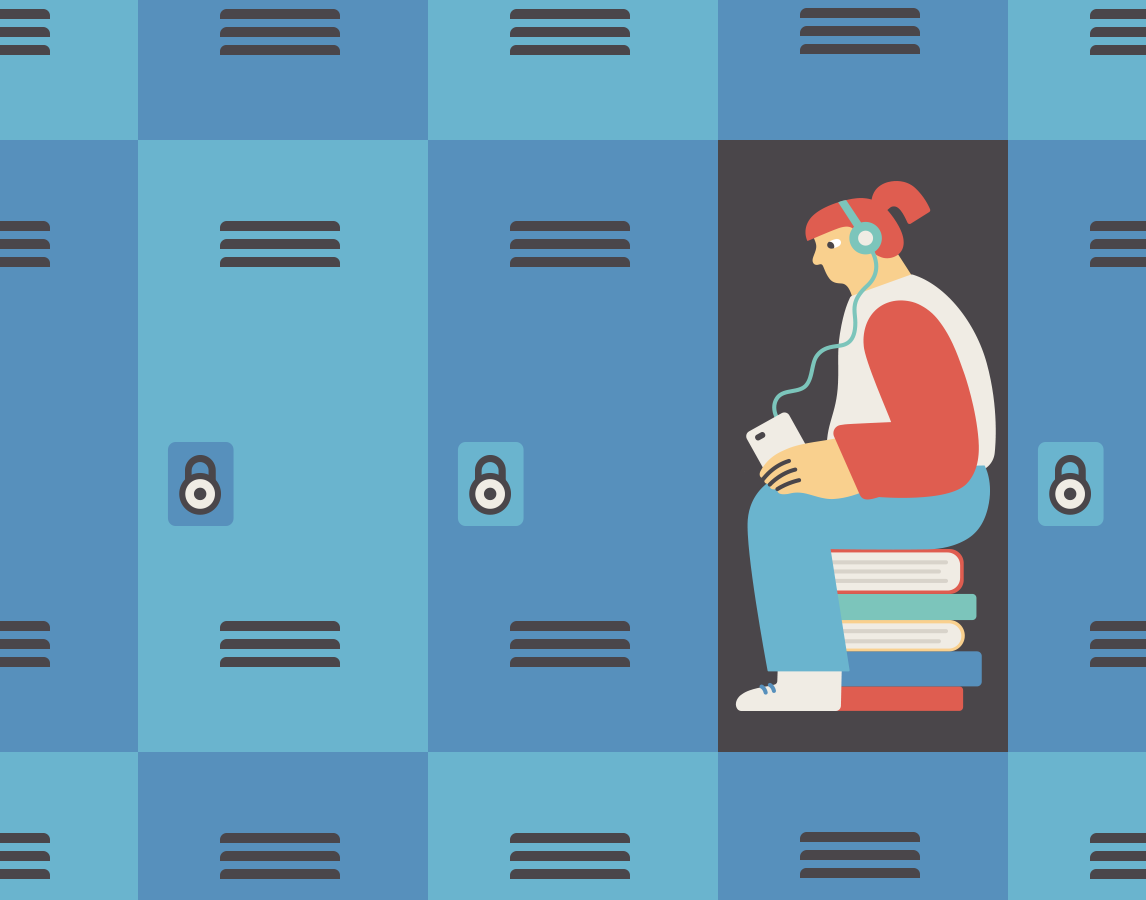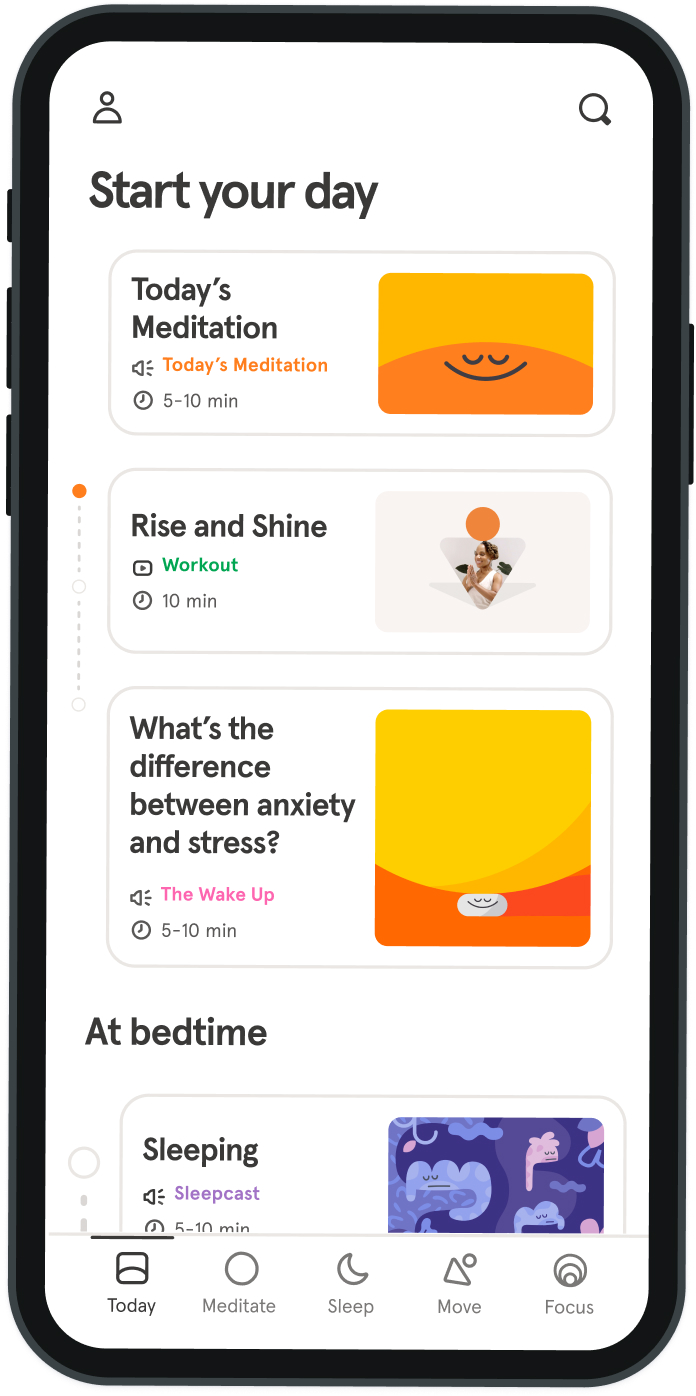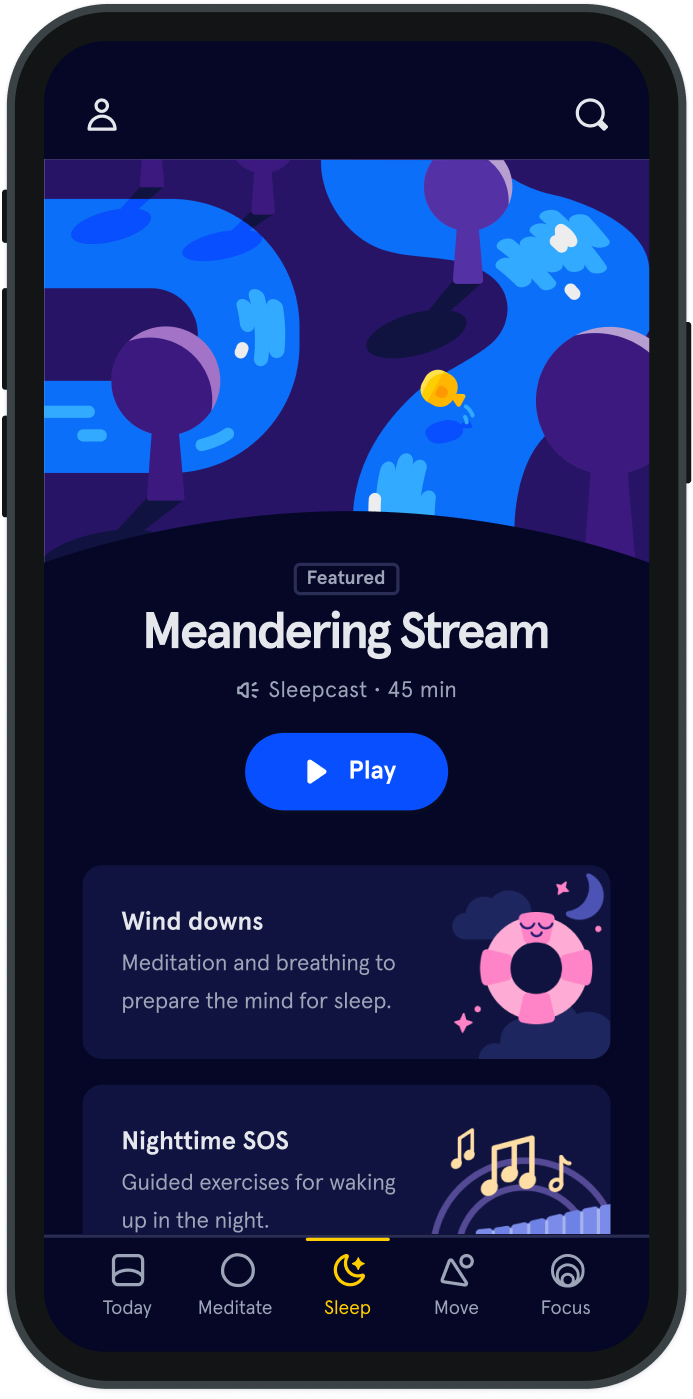The quest for a happier high school experience
In a time when adolescents are more stressed out than ever before, schools across the country are giving meditation, yoga, deep breathing, and other mindfulness practices a try. Several of these schools are integrating meditation, including one in San Francisco that got great results in a school with more challenges than average. And research is showing that these mindful activities can actually reduce teenage anxiety.
“People are looking for things that they can use to empower themselves,” says Dr. Nada Milosavljevic, whose research on using integrative therapies like meditation for anxiety with high-school students showed a significant positive effect. “It’s all about education. These are things people can learn and they can really help themselves.” Anxiety in North American adolescents has been slowly, quietly growing for decades—since the 1930s, in fact. This is backed up not just by common perception or editorial hot takes but by research, specifically the Minnesota Multiphasic Personality Inventory survey. High school and college students have taken this survey since the 1930s and, as shown in a 2009 paper published in Clinical Psychology Review, their answers over the years have shown a clear increase in the symptoms associated with anxiety and depression. The result is that up to 20 percent of American adolescents will be diagnosed with an anxiety disorder, while up to 80 percent of teens with a diagnosable anxiety disorder won’t get treatment, according to a 2015 Child Mind Institute report. And girls are particularly susceptible, with female adolescents more than twice as likely as boys to be diagnosed with a mood disorder by their mid-teens.
The symptoms of adolescent anxiety disorders are similar to the ones seen in adults, including:
- Withdrawal from activities
- Worry and anxiety out of proportion with the circumstance
- Difficulty controlling feelings of worry or anxiety
- Physical symptoms including headaches, upset stomach, and fatigue
- Feelings of restlessness and difficulty concentrating
- Difficulty falling asleep
And anxiety in the teen years can have long-term effects even if the disorder itself doesn’t persist into adulthood. For example, one 2016 study found that insufficient sleep—a symptom of anxiety disorders—may be tied to an increased drug and alcohol use in young men. The reasons for an increase in anxiety are less clear than the fact that it’s happening. Some research has shown differences in the ways girls and boys process emotional stimuli, pointing to some biological differences. And in many cases, teenagers have more stressful lives than those in previous generations. Many teens hold jobs in addition to attending high school or college. Admission to post-secondary education is increasingly competitive, which means that some adolescents are taking advanced classes and have many extracurriculars. Participation in sports is also up—and while exercise has been shown to help with mood disorders, it can also be a source of stress and pressure.
That means school itself is an anxiety-inducing place for a lot of students—something that educational mindfulness programs try to mitigate. “Students as young as five years old experience anxiety when faced with a learning situation, and it only increases as students are hit with mandatory assessments,” says Anita Perry of Yoga For All. “Teachers not only have to deal with curriculum, but also have to be surrogate parents to many students who could be facing abuses, neglect, and learning difficulties.” Some in-school mindfulness programs have run up against problems when parents are not fully informed about what the practice involves and believe that yoga or meditation are religious practices. Perry had a similar experience in teaching younger students, and she says it’s important to make sure parents understand what the program entails in order to avoid confusion and complaints. “It is important if someone wants to start a school program that administration and the parents are educated to the fact that yoga is not a religion,” Perry says, “but a very effective way to calm anxiety and to increase awareness of how integrated the body and mind are.”



Be kind to your mind
- Access the full library of 500+ meditations on everything from stress, to resilience, to compassion
- Put your mind to bed with sleep sounds, music, and wind-down exercises
- Make mindfulness a part of your daily routine with tension-releasing workouts, relaxing yoga, Focus music playlists, and more
Meditation and mindfulness for any mind, any mood, any goal

Stay in the loop
Be the first to get updates on our latest content, special offers, and new features.
By signing up, you’re agreeing to receive marketing emails from Headspace. You can unsubscribe at any time. For more details, check out our Privacy Policy.
- © 2025 Headspace Inc.
- Terms & conditions
- Privacy policy
- Consumer Health Data
- Your privacy choices
- CA Privacy Notice
